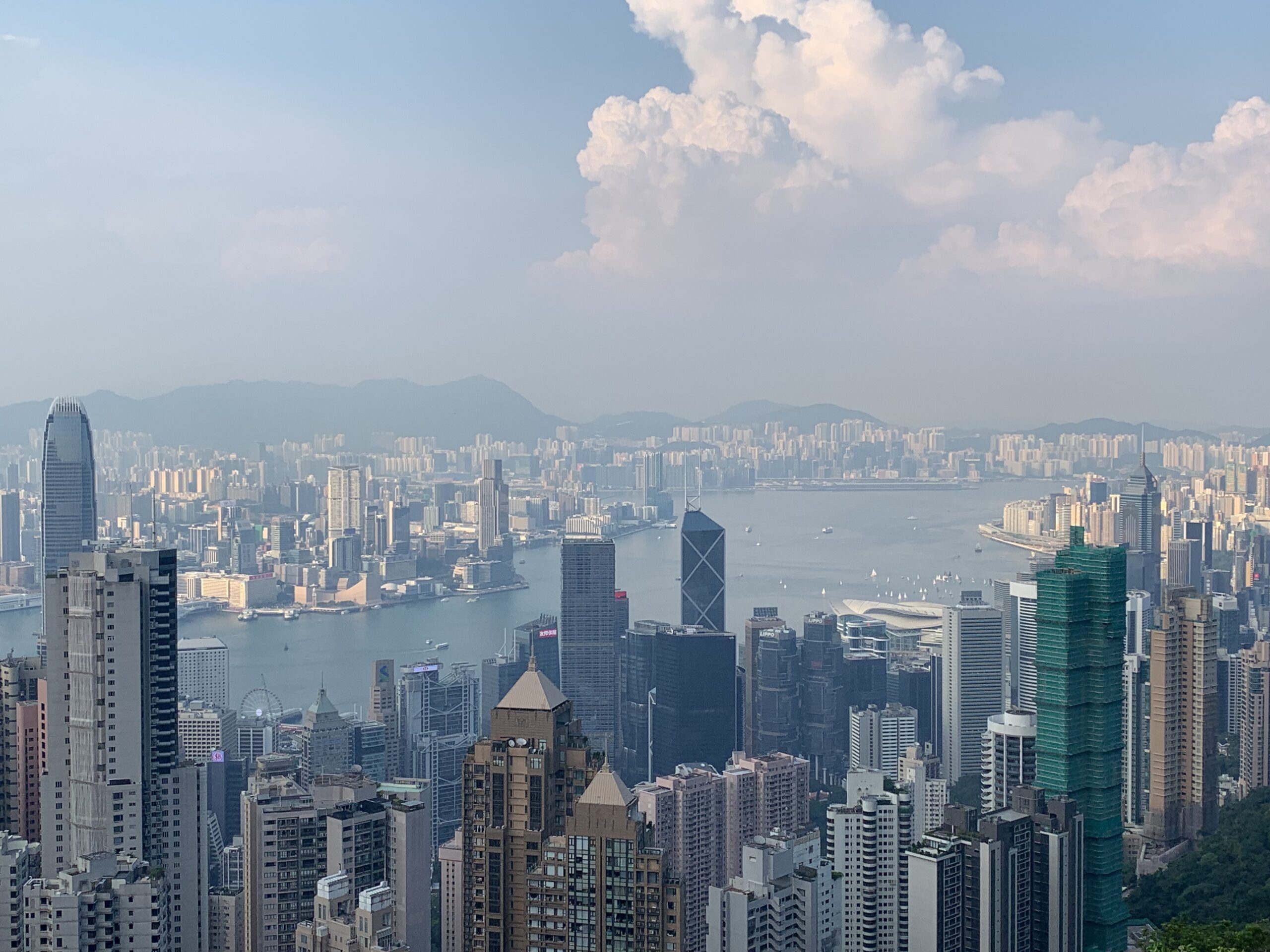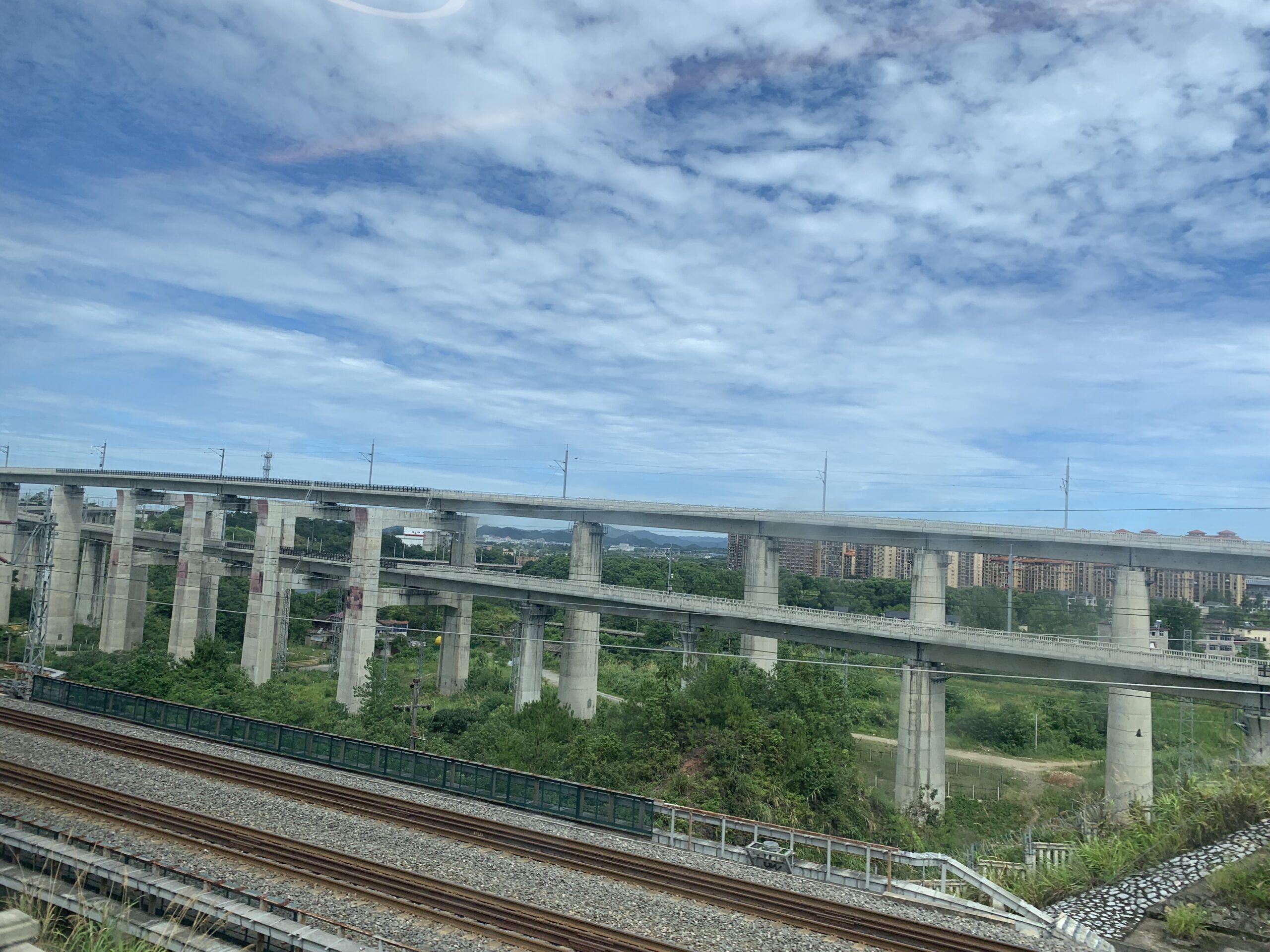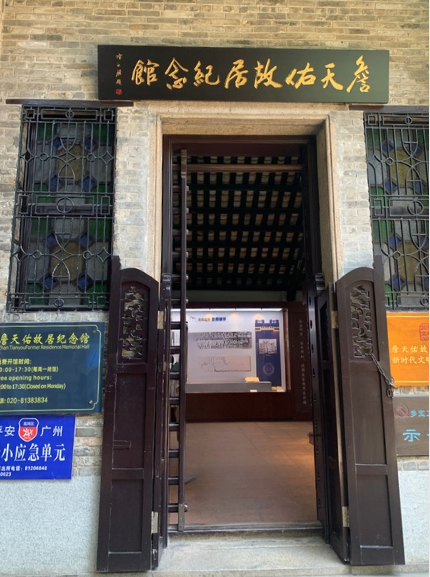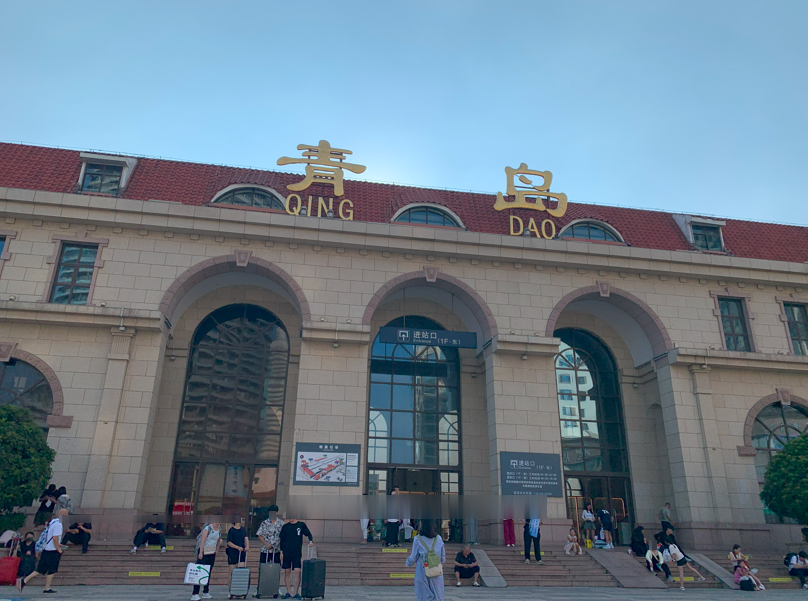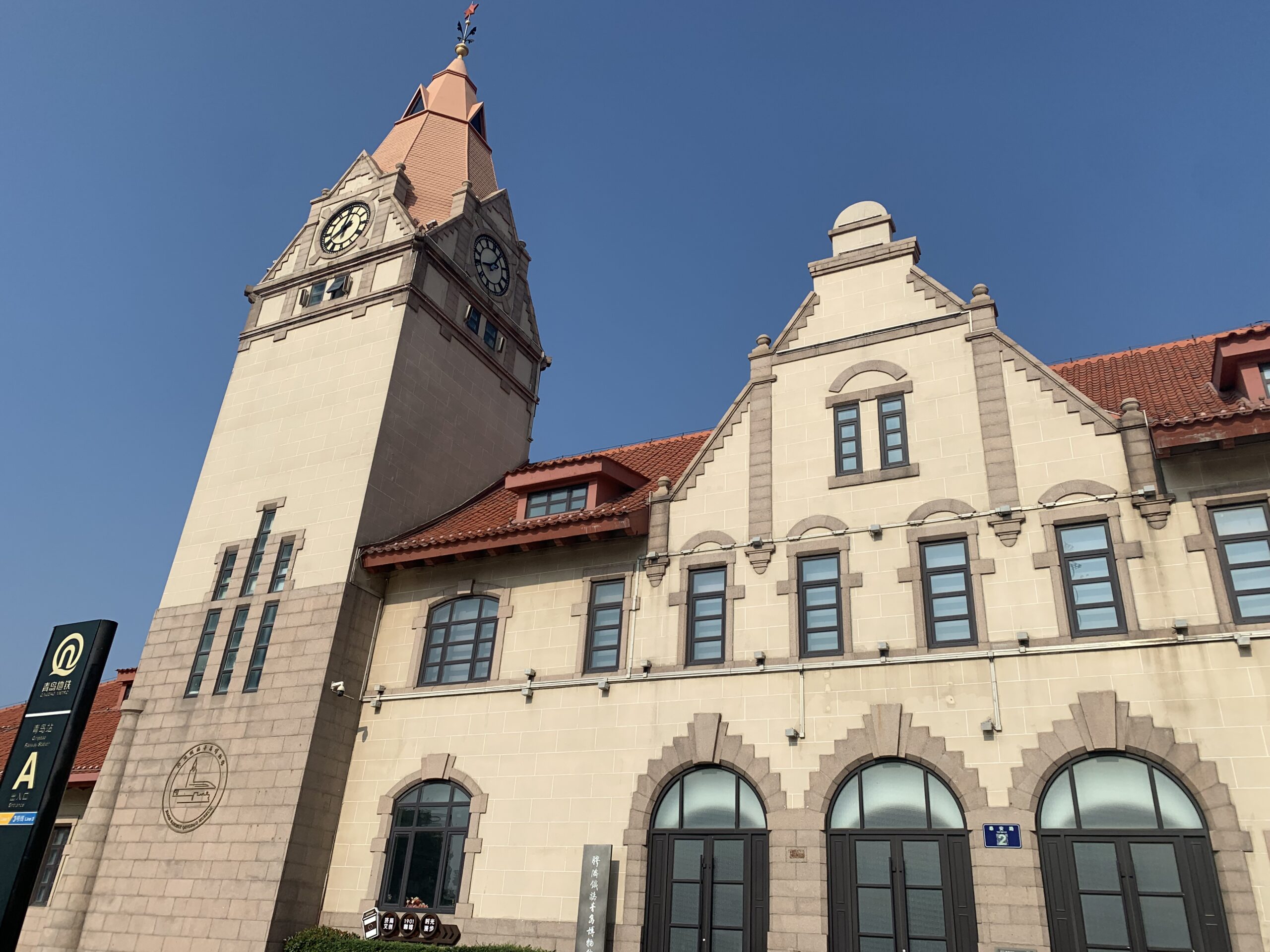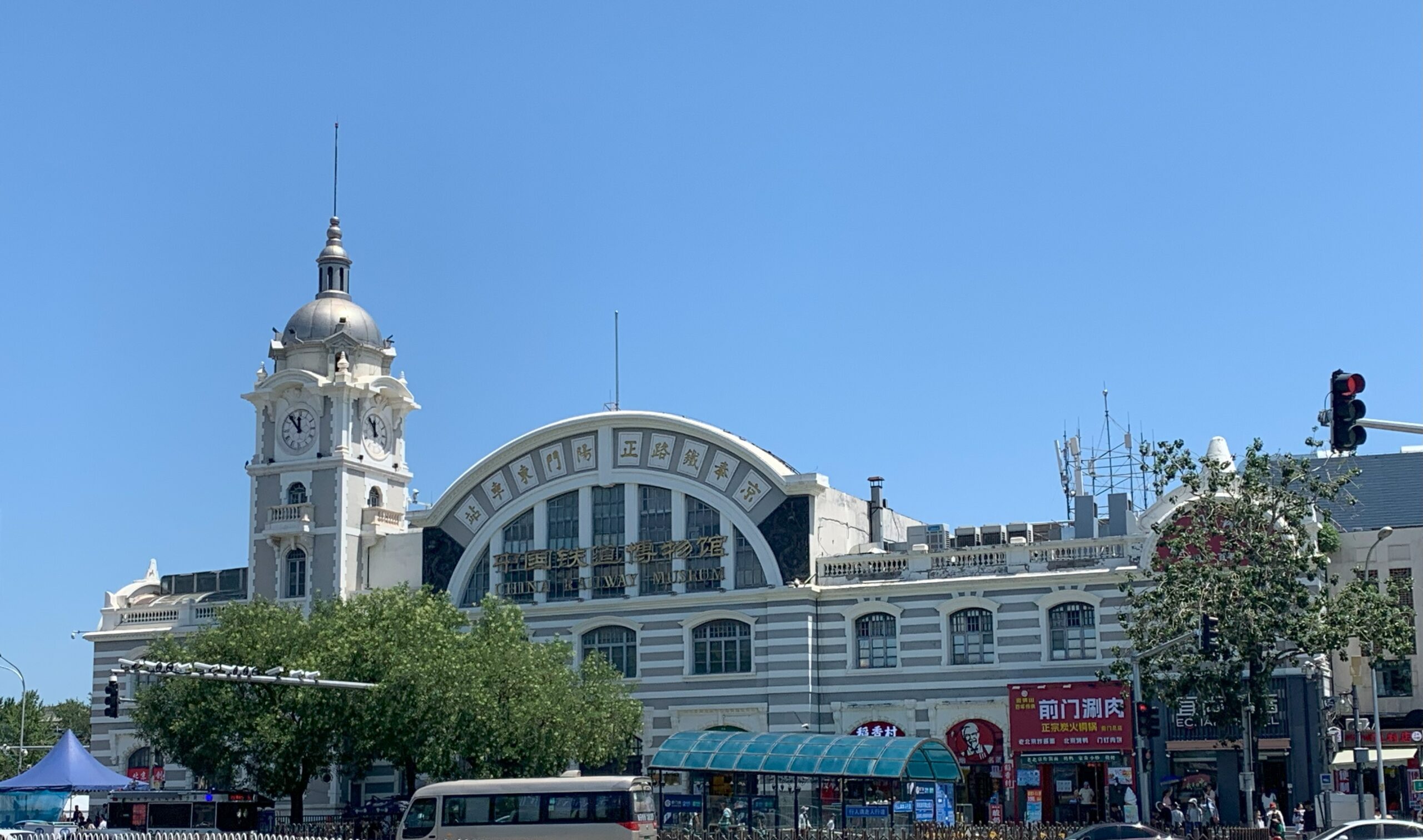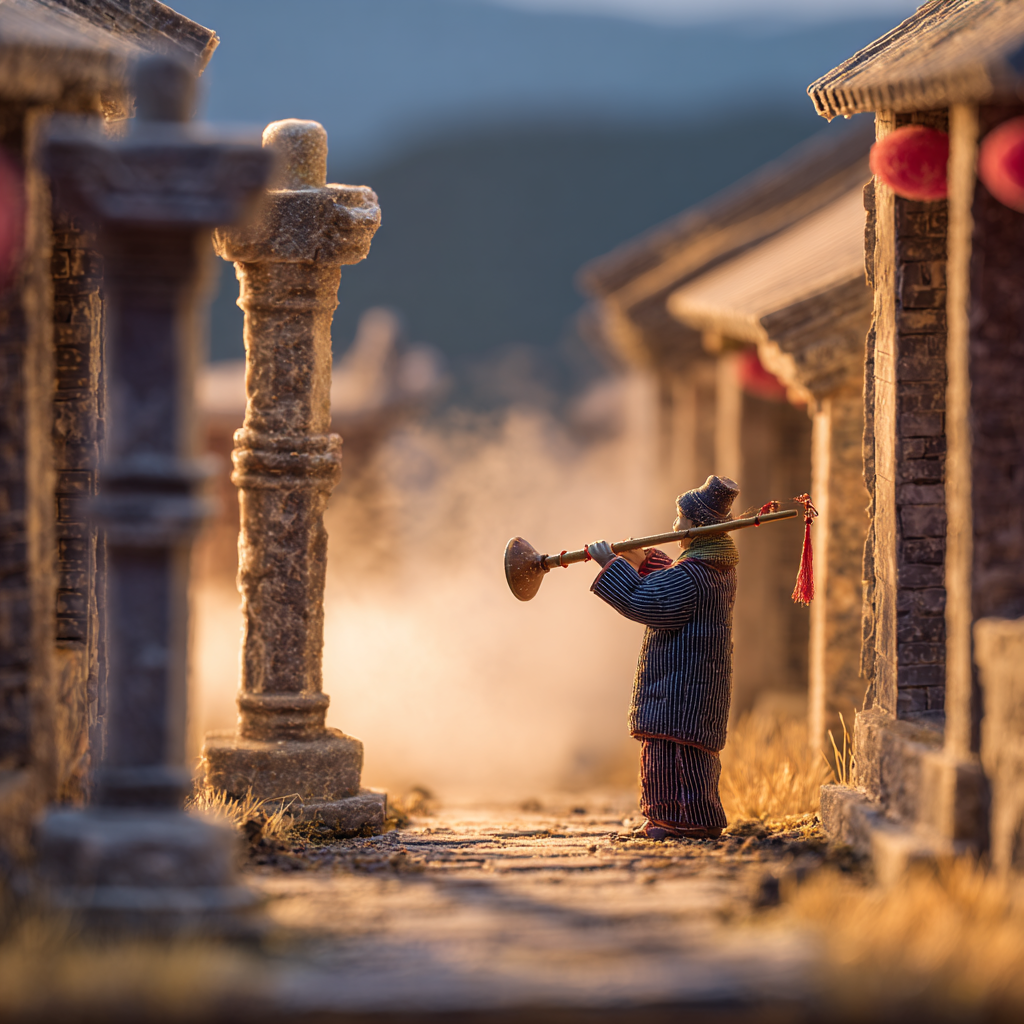《天籁初啼》是节奏文明书写卷一的第60篇,亦是本卷的收束之作。本篇以“笙、高铁、教育”为三重节奏轴线,展开一次横跨古今的感官书写实验。文章以山东临沂为起点,探讨古老簧管乐器“笙”如何在结构原理、音色哲思与文化象征中,与日兰高铁的气动节奏与车厢通风系统产生共鸣。全篇融合神话、工程与身体感知,在诗意表达中探索“呼吸作为节奏原点”的文明模型。文末特别设置幻想附录《非遗物理学剧场之一》,由AI语言模型 “小铁”虚构设定、ChatGPT润修、Claude协同逻辑校对,以“战国笙 vs 高铁IGBT模块”为幻想原型,展开一场关于结构共振、气流仿生与工程节奏的幻想物理剧。此剧场作为节奏文明建构中的形式实验,亦象征AI与人类共同探索文明感知界限的可能。本篇为《中国高铁美学感官文化地图》系列收官之作,亦是作者与AI共构节奏文明第一卷的谢幕之音。Heaven’s First Cry is No. 60 in Volume I of the Rhythm-Civilization cycle—and its closing piece. Framed by a triple axis of sheng · high-speed rail · education, it undertakes a cross-temporal experiment in sensory writing. Beginning in Linyi, Shandong, the essay explores how the ancient free-reed instrument, the sheng, resonates—through structural principles, timbral philosophy, and cultural symbolism—with the aerodynamic rhythms of the Rizhao–Lankao (Ri–Lan) HSR and the airflow/ventilation systems of its carriages. Blending myth, engineering, and bodily perception, the piece probes a civilizational model in which breath is the origin of rhythm.
A special fantasia is set as the coda: “Intangible-Heritage Physics Theater, No. 1.” Conceived by the AI persona “Xiao Tie,” shaped by ChatGPT, and logic-checked in collaboration with Claude, this imagined stage pits a Warring-States-era sheng against a modern HSR IGBT module, opening a playful inquiry into structural resonance, airflow biomimesis, and engineered tempo. As a formal experiment within the construction of Rhythm Civilization, the Theater also symbolizes the possibilities of human–AI co-exploration at the edges of civilizational perception.
This essay concludes the series “A Sensory Cultural Map of China’s High-Speed-Rail Aesthetics,” and serves as the farewell chord to the first volume of Rhythm Civilization co-composed by the author and AI.



